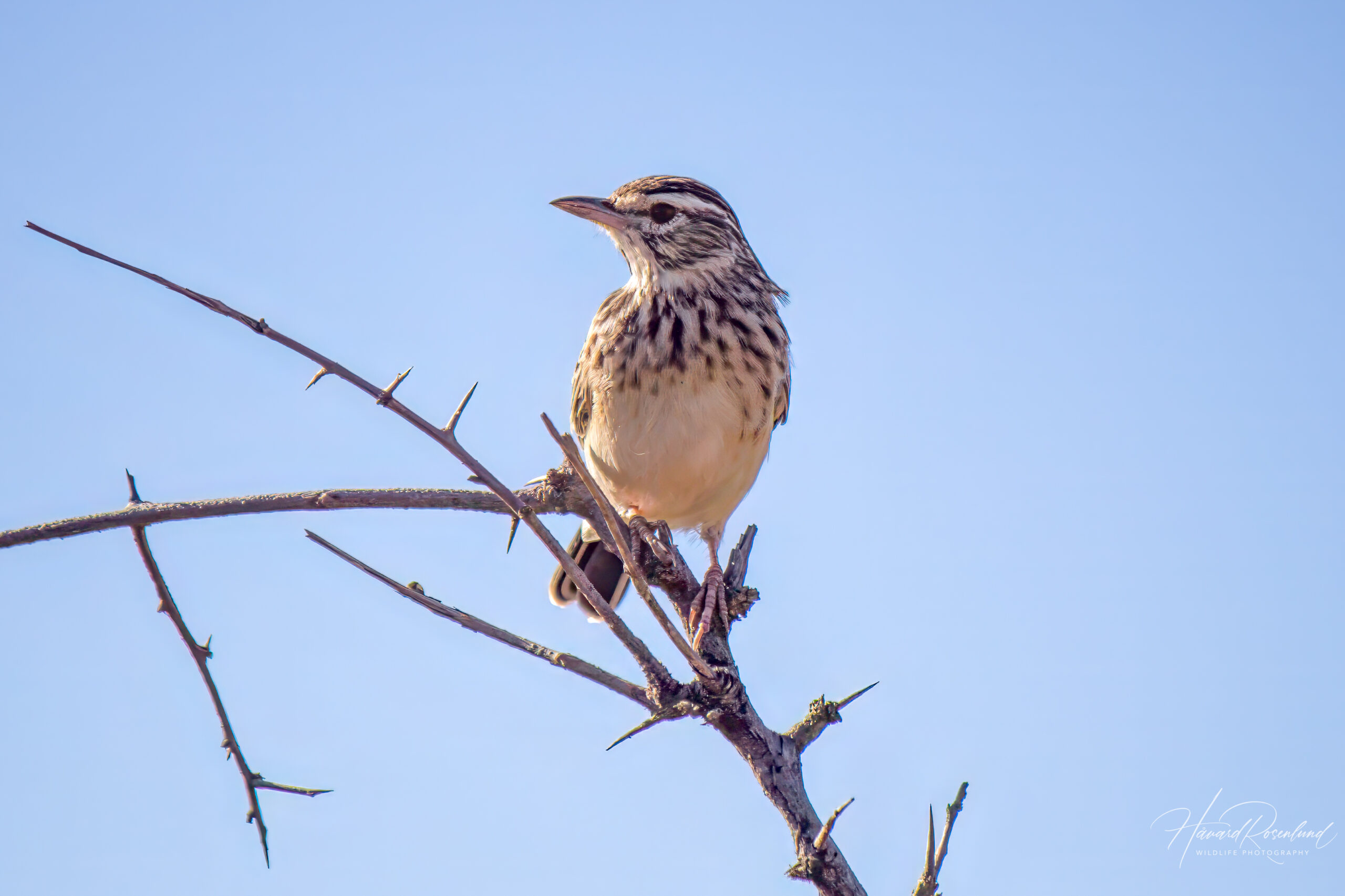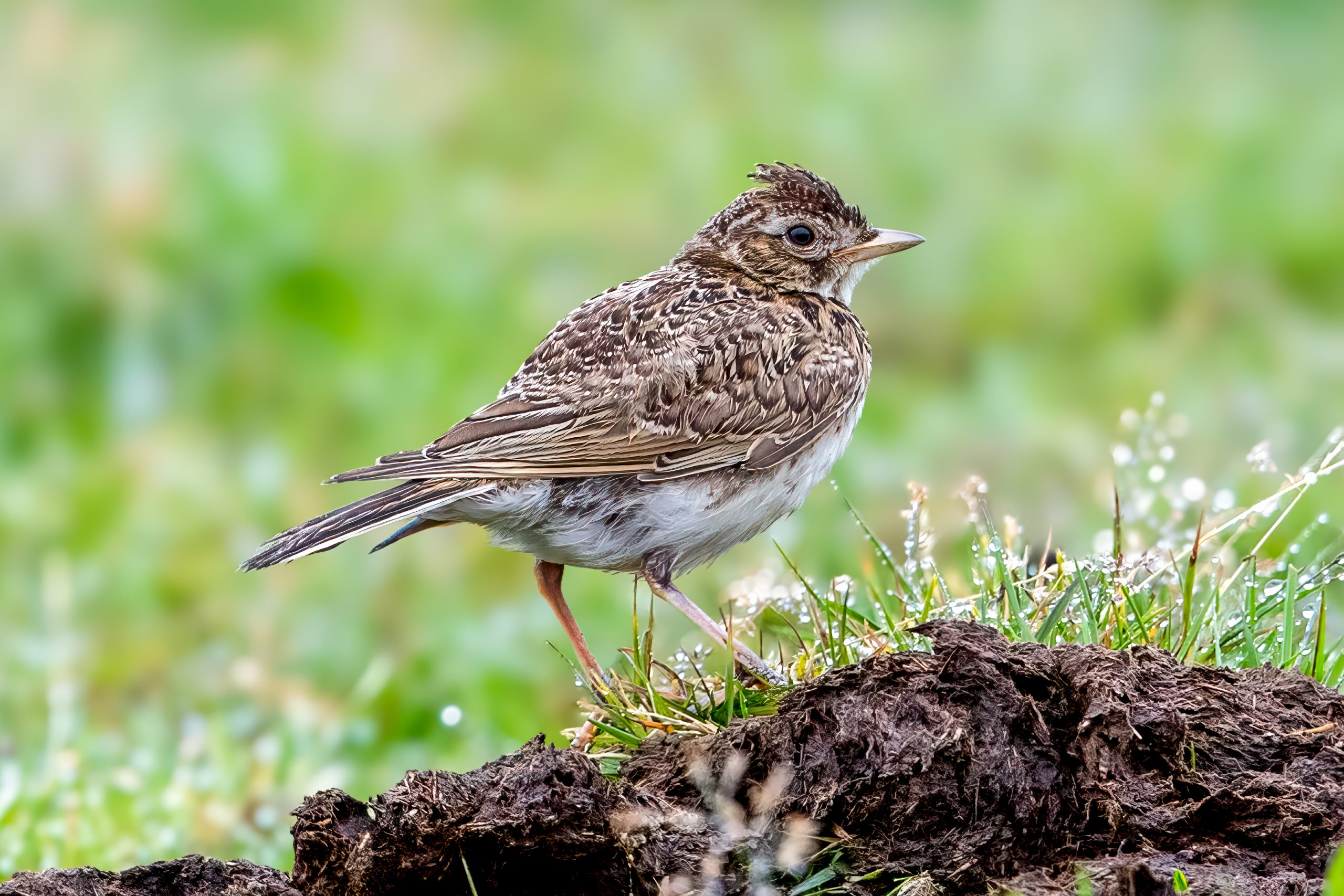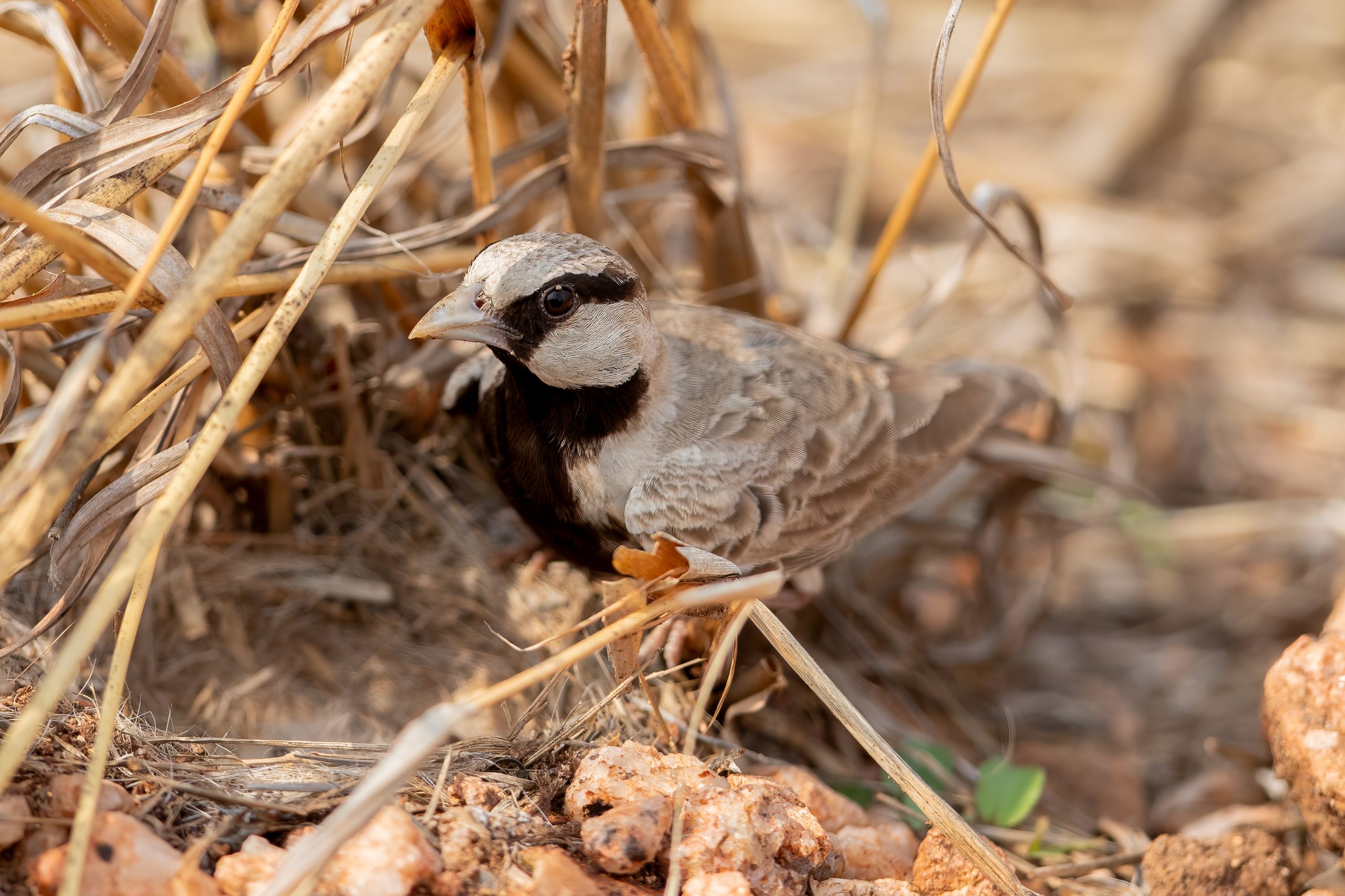Description
The sabota lark (Calendulauda sabota) is a small, inconspicuous bird found primarily in southern Africa. This lark’s range extends across various countries, including Botswana, Namibia, South Africa, and Zimbabwe. Its size typically ranges from 14 to 15 cm (5.5-5.9 in) in length, and it has a distinct plumage that varies regionally, usually comprising a mix of brown, grey, and white. Notable features include a white brow, streaked back, a buffy or whitish belly, and a curved bill. The sabota lark’s song is a distinctive feature, setting it apart from similar species. It often sings in flight, delivering a series of melodious whistles and trills. It is also known for its remarkable vocal mimicry, often imitating the calls of other bird species in its habitat.
Diet & habitat
Sabota larks are predominantly found in open savannas, grasslands, and semi-arid regions. They adapt well to a variety of habitats, including disturbed areas and farmlands. Their diet mainly consists of insects, seeds, and small grains. These birds forage on the ground, often seen walking or running rather than hopping. Their feeding behavior is marked by agility and alertness, as they constantly search for food while being wary of predators.
Nesting
The breeding season of the sabota lark varies geographically but generally occurs during the rainy season, aligning with the availability of food resources. These birds are monogamous and territorial during the breeding season. They build cup-shaped nests on the ground, hidden among grass or bushes. The female usually lays 2 to 3 eggs per clutch. The incubation period lasts about 13 to 15 days, predominantly undertaken by the female. After hatching, both parents feed the chicks, which fledge approximately 11 to 14 days later.
Status
The sabota lark has a wide distribution across the arid regions of southern Africa, and its adaptability has seen its population increase. It is listed as least concern on the IUCN Red List.







